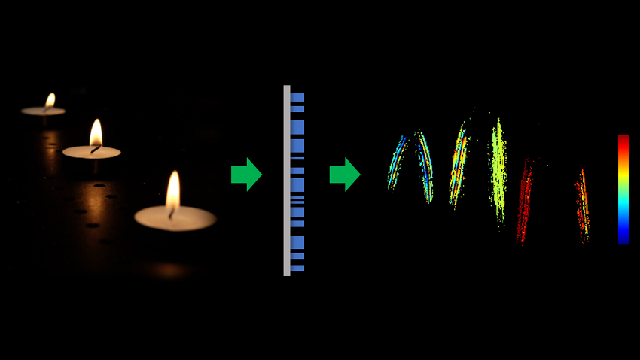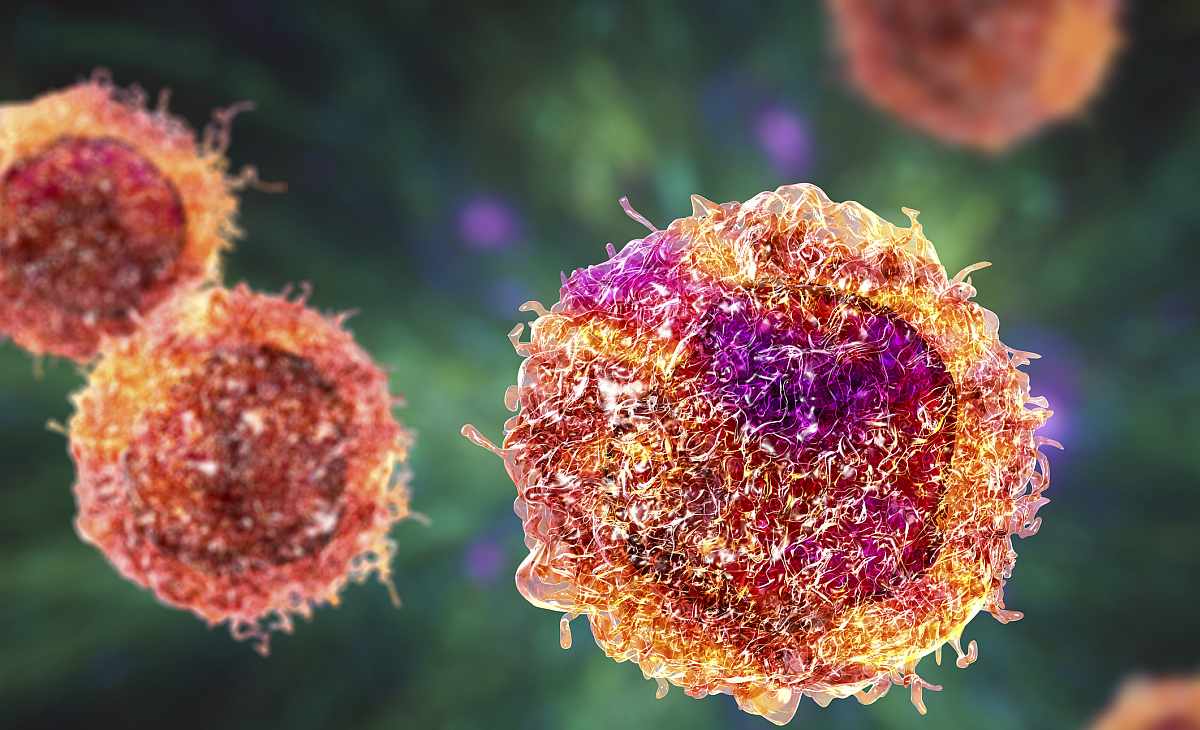Researchers develop a small and highly effective depth sensor.
Use this article to discuss with students the importance of biological adaptations in the development of new technology. It would be suited to students in years 5, 8, and 10 studying Biological or Physical Sciences.
Contextual numerical questions included.
Word Count / Video Length: 345 / 0:33 mins

CREDIT: QI GUO AND ZHUJUN SHI.
There’s a lot to love about the arachnid family Salticidae – the jumping spiders. This mob contains about 6000 species in more than 600 genera; it’s the largest family of spiders.
What makes jumping spiders special – other than the boing thing – is their eyesight, which they use for capturing prey and navigating, for which they need extremely good depth perception.
As a paper in the journal Proceedings of the National Academy of Science notes: jumping spiders “accomplish depth perception, despite their tiny brains, by using specialised optics. Each principal eye includes a multitiered retina that simultaneously receives multiple images with different amounts of defocus [points out of focus], and from these images, distance is decoded with relatively little computation.”
Led by engineer Qi Guo from Harvard University, US, a spider-loving research team has developed a compact depth sensor inspired by these clever arachnid jumpers.
At the heart of their device is a multifunctional metalens three millimetres in diameter.
Metalenses are flat surfaces that use nanostructures – created by a pattern of trenches carved into the surface – to focus light. These simple, flat lenses could one day replace the bulky, curved lenses seen in most optical devices.
Because they can be manufactured in much the same way as silicon chips, metalenses have the potential to enable devices such as smartphone cameras to be made much more easily and cheaply.
In the new depth sensor, a metalens simultaneously captures two images on a photosensor and uses an optimised image processing algorithm to calculate depth from them.
Because the system requires less computational muscle – just as the spider doesn’t need a primate-sized brain – the prototype device is considerably smaller than existing passive artificial depth sensors.
The prototype’s metalens, coupled with off-the-shelf components including mechanical parts such as optical mounts, measures just four by four by 10 centimetres, and the research team is confident it could reduce that “substantially” with a purpose-built photosensor and housing.
The new device, they say, paves the way for the future incorporation of depth sensing capability into microrobots, microsensor networks, and even “ingestible and wearable devices”.
Login or Sign up for FREE to download a copy of the full teacher resource





